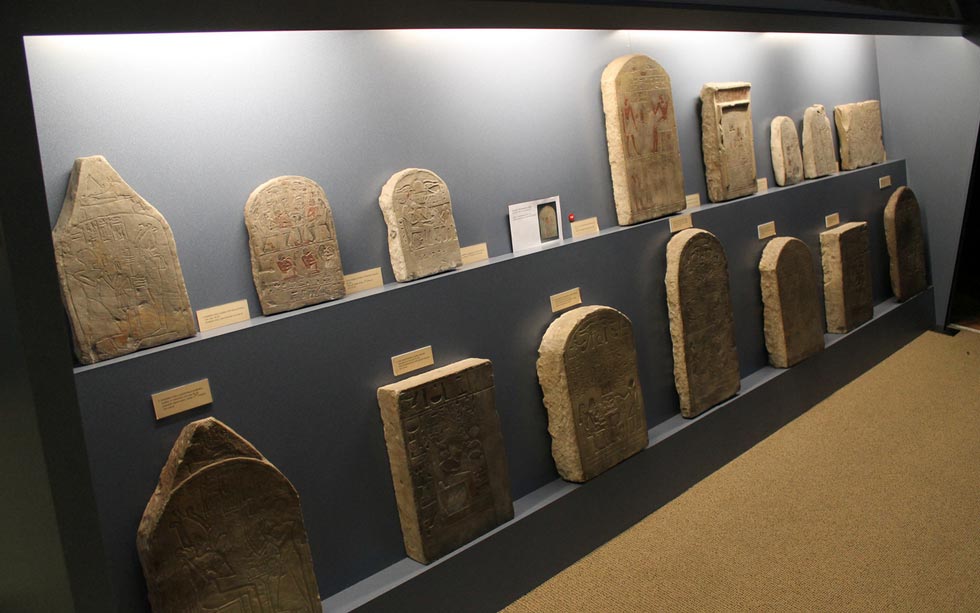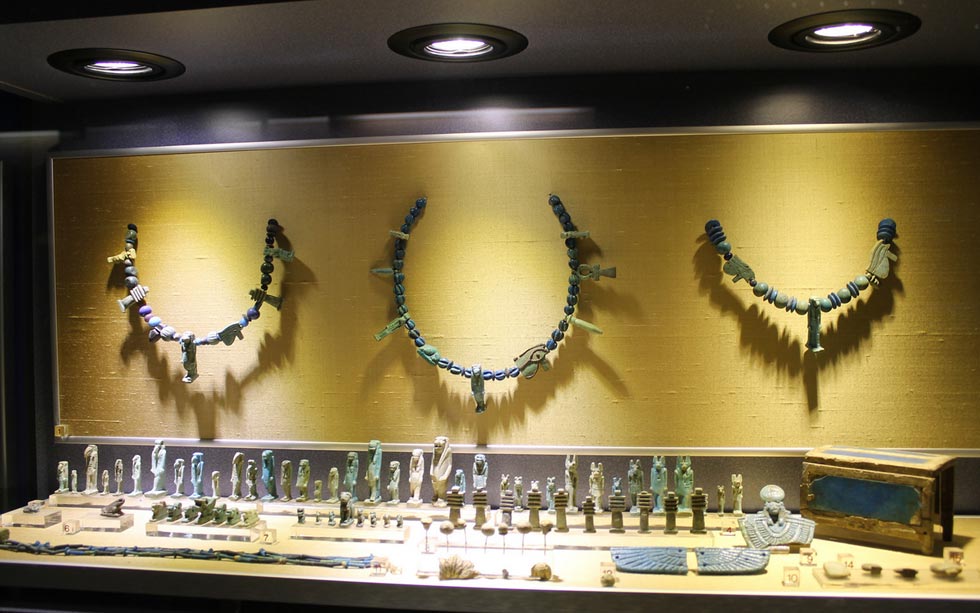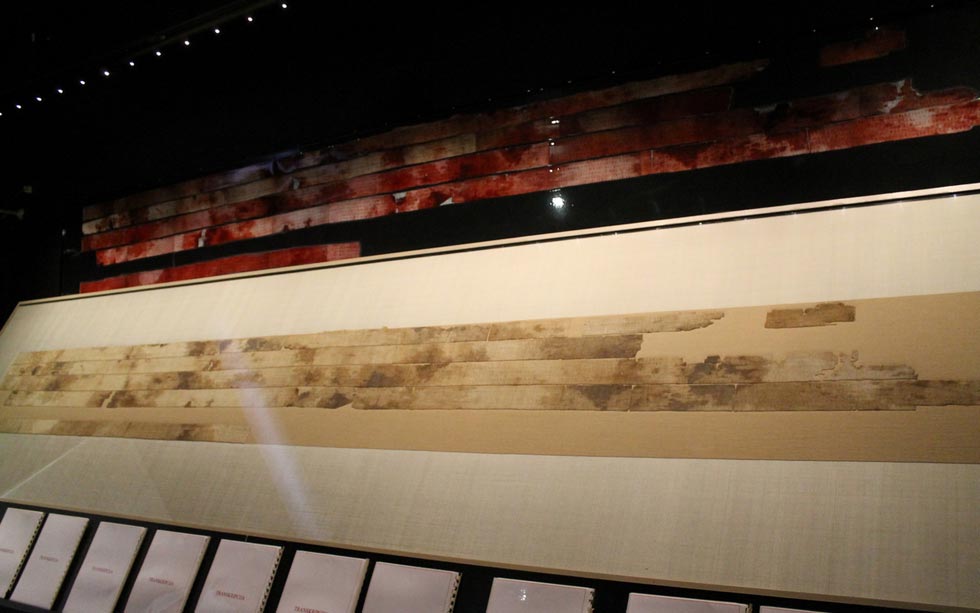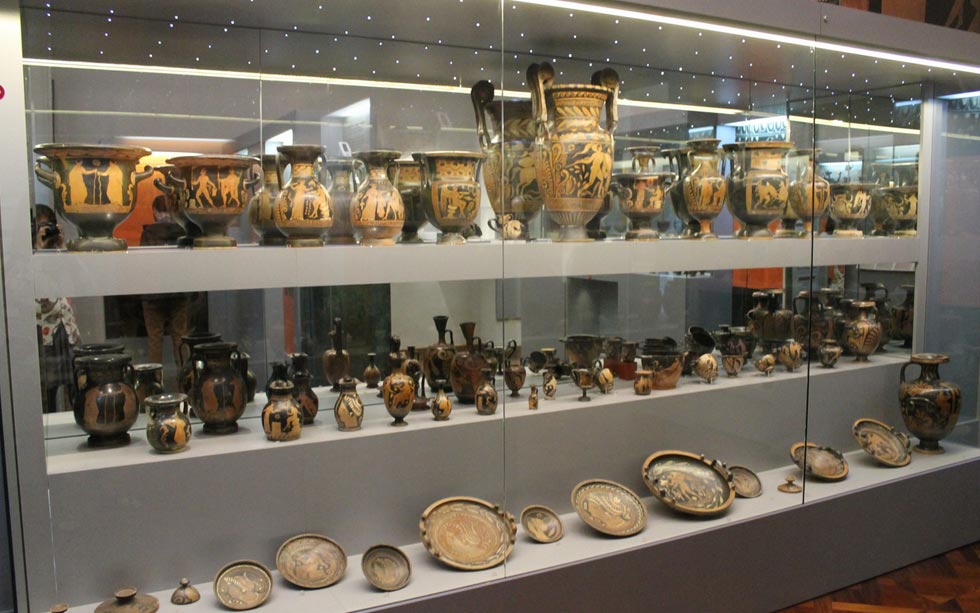One of the most valuable collections in Zagreb's Archaeological museum is the Egyptian collection and among its 2000+ artefacts the "star of the show" is definitely the Egyptian mummy purchased in the 19th century from the family of the Austrian vice-marshal Franz Koller.
The archaeological museum in Zagreb has many valuable remains from prehistory to the High Middle Ages. The Egyptian collection is one of the most interesting collections of the museum, and in its century and a half of existence it gathered many artefacts. It is based on the so-called Zagreb mummy and its wrapping and a large collection of Egyptian art that was bought from the family of the Austrian baron Franz Koller in the middle of the 19th century.
Old Zagreb Private Tour
Discover the history, culture, and modern way of life of Zagreb, the capital of Croatia, on this two-hour introduction tour.
With a leisurely pace, you'll explore the medieval precursors of Zagreb, Gradec and Kaptol, as well as all the essential sights of the city, including Ban Jelačić Square, Stone Gate, St. Mark's Church, Lotrščak Tower, and Zagreb Cathedral, among many others. Along the way, your knowledgeable guide will provide recommendations for places to visit during your free time, ensuring that you have an informative and enjoyable experience.
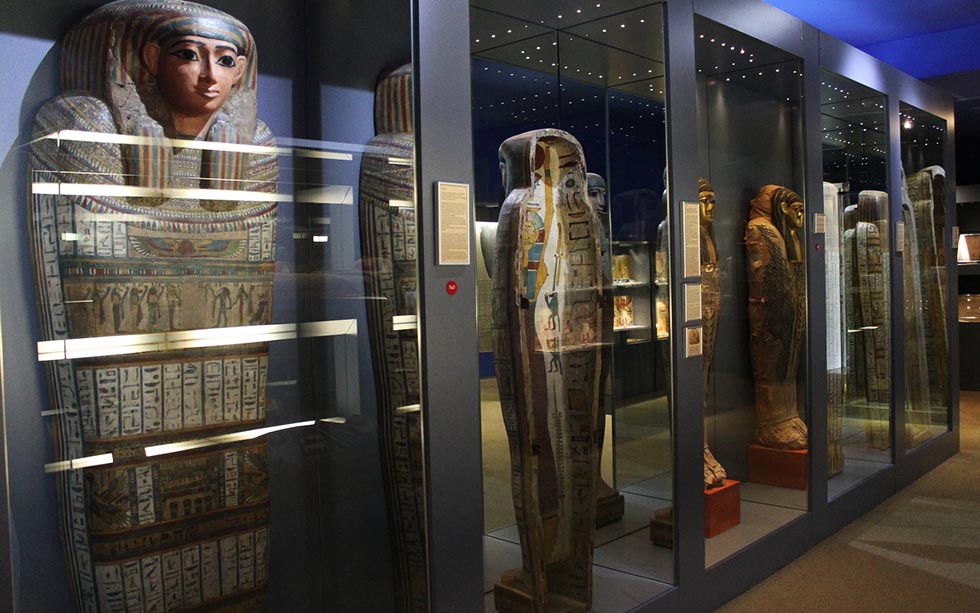
Liber linteus Zagrebiensis
The "Linen book of Zagreb" (Liber linteus Zagrebiensis), a manuscript with the longest preserved text in Etruscan language is the only remaining Etruscan text with literary characteristics and the only preserved sample of a linen book from the old ages. The canvas with about 1130 words has been preserved in five subsequent strips. The length of the entire book is about 340cm and width of the strip is 35cm.
The so-called Zagreb mummy and its wrapping are a world rarity. Its finding maybe proves the possibility of a stronger communication between Etruria and Egypt. The origin of the mummy is still mysterious. It is almost certain that it comes from Egypt but still not clear why the text is written in Etruscan. It is assumed that a community Etruscan refugees lived in Egypt and adapted some Egyptian customs ( like mummification).
The mummy arrived to Zagreb between the 22nd and July 25th 1862. The shipment from Vienna consisted of the linen bandages, a very damaged Book of the Dead of the deceased and her husband, balm, remains of a funeral wreath of leaves and flowers, tiny fragments of wood and stucco from the sarcophagus, blue-green beads that adorned the mummy and a head of a mummified cat.
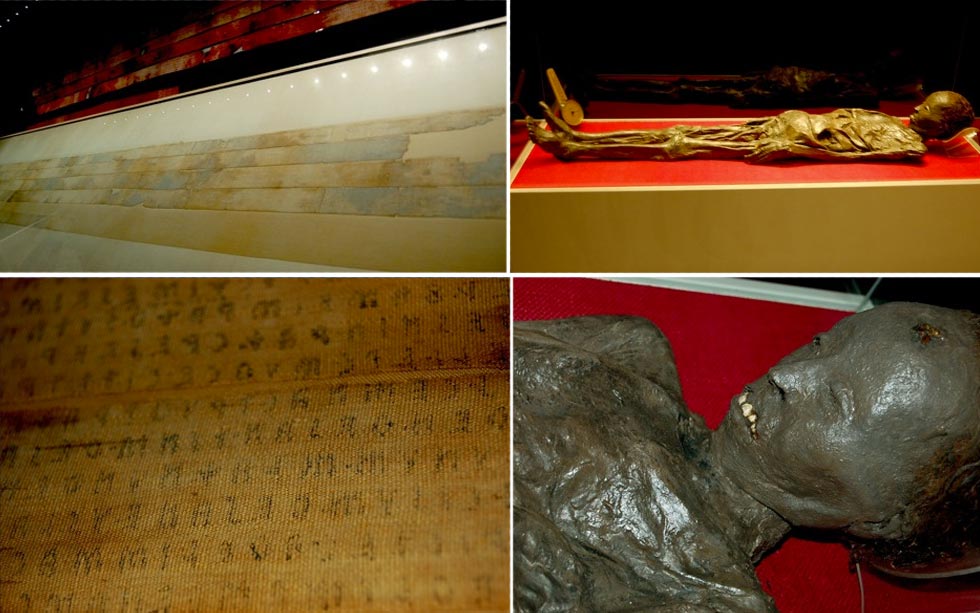
Researches
In 1869 the famous German Egyptologist Heinrich Brugsch visited Zagreb and was invited by the former museum curator Sime Ljubic to review and organize the collection of Egyptian art, which in the meantime was increased by the purchase of the whole Koller collection. The result of the first Brugsch's research was the first list of artefacts based on which Ljubic released the first catalogue of the Zagreb Ancient Egyptian collection.
When Brugsch examined the bandages and separated parts of the canvas with the inscription of the rest of the bandages, he noticed that the it had alphabetic characteristics, but didn't managed to conclude which language it belonged to. He made a copy of the whole text and in his own research presented it to the German professor Rudolf Krehl. Thanks to Ljubic's catalogue and Brugsch's research the scientific community was acquainted with mummy and its wrapping. A number of foreign scientists and institutions became aware of its existence. Some of them visited Zagreb to study the mummy.
Šime Ljubić released a new catalogue in 1889. with, for the first time, a detailed description of the mummy and its bandages. In October 1890, the Viennese university professor and Egyptologist Dr. Jacob Krall asked the Archaeological Department of the National Museum in Zagreb to borrow the wrappings. After a long correspondence between Zagreb and Vienna the bandages were sent to Vienna on January 19th, 1891, where they were studied for the next year.
During this period, Krall discovered that the mummy bandages actually conceal the longest surviving Etruscan text in the world, written in columns. The importance of the discoveries testifies to the fact that on January 17th 1892 Emperor Franz Joseph I was informed about it. After Krall published his research and discovery an even more intensified interest in researching the bandages arose, while the mummy itself was quite neglected.
German scientist Gustav Herbig accompanied by his photographer visited Zagreb in 1910. In a pile of remaining bandages glued together with balm he discovered a previously unknown fragment belonging to the initial part of the linen book. Beside that, between the remnants of leaf wreath he also discovered a head of an (then) unknown mammal. (later research shows it is a mummified cat)
Nesi-hensu from Thebes
From the beginning of the 20th century the wraps and the mummy have been researched intensively -> infra-red photographs were made which made further analyses of the text easier; Later, the wraps went trough a thorough reconstruction and restoration.
Researching and analysing remains of papyrus that were originally shipped, readable parts of the Book of the Dead were discovered. Nesi-hensu was the wife of a tailor, Paher Hensu from Thebes, a "divine tailor" which tailored clothing for the statues of the Egyptian god Amon. More is yet to be discovered by deciphering the remaining Etruscan text from the linen, but still, the mystery encircling it and the poor knowledge of Etruscan attracts many.
Read more about Archaeological museum and other attractions in Zagreb on Absolute Croatia.
Address & contact details
Street: Zrinjevac 19
Postcode: 10000
City: Zagreb
Where to stay in Zagreb
Our top picks for where to stay in Zagreb.

